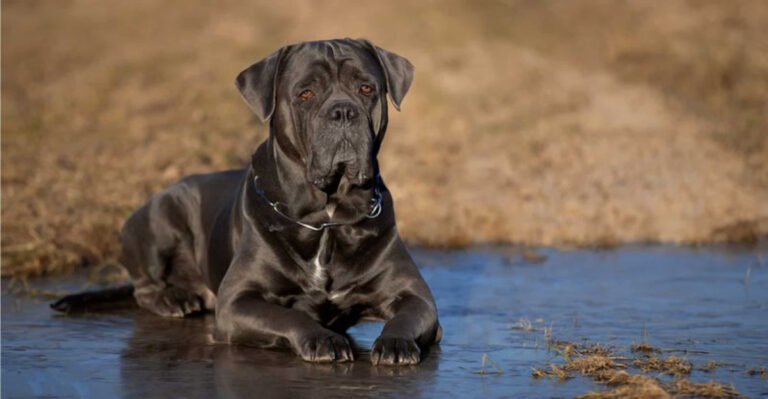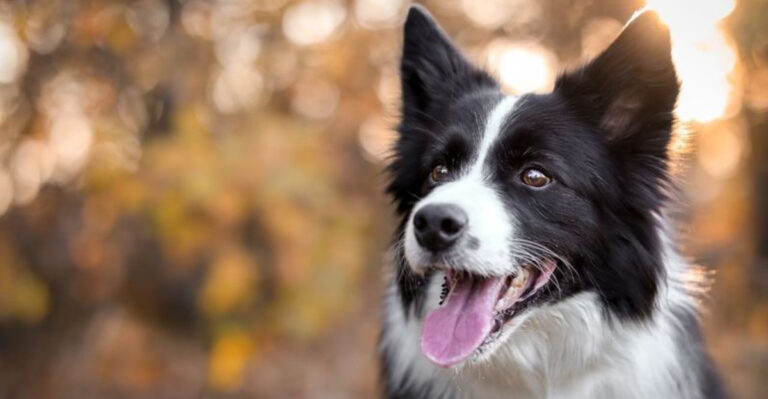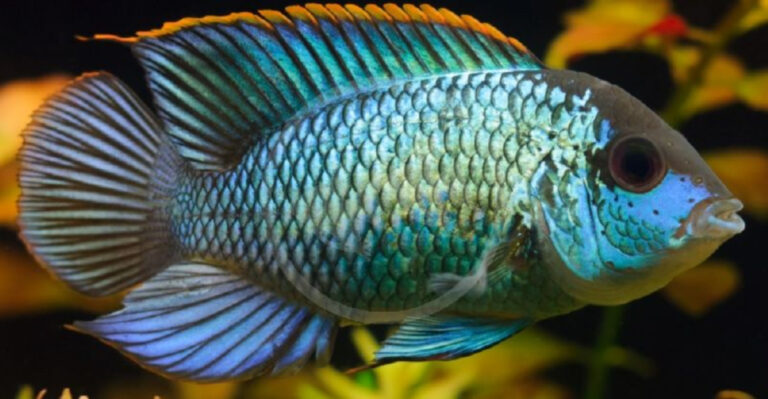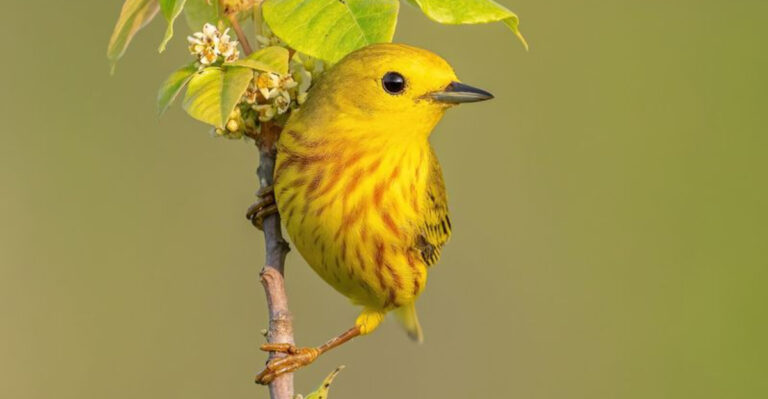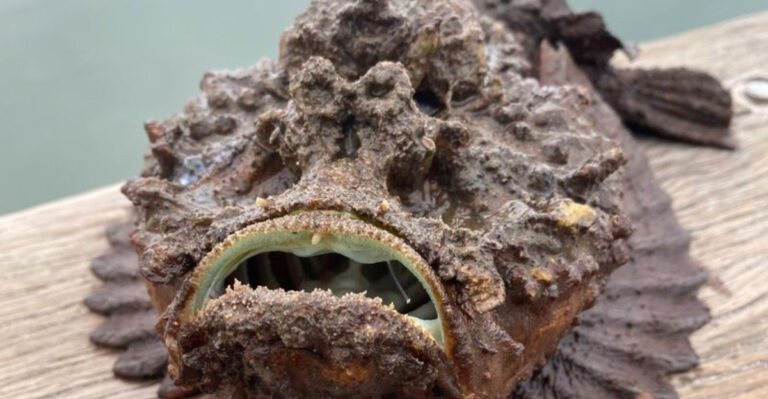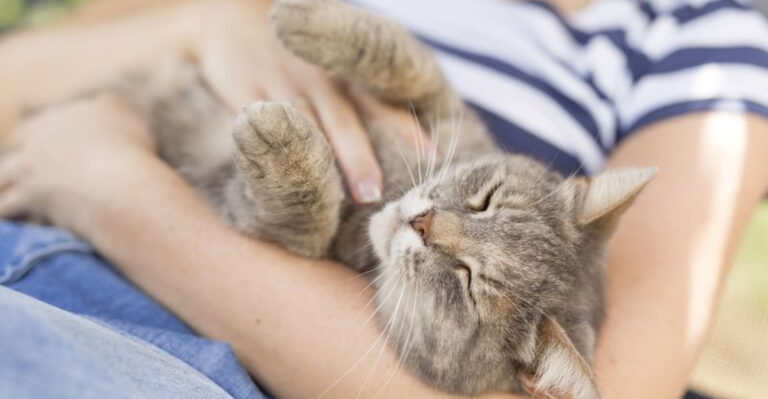18 Facts About French Bulldog Colors And Why Chocolate Is The Most Popular
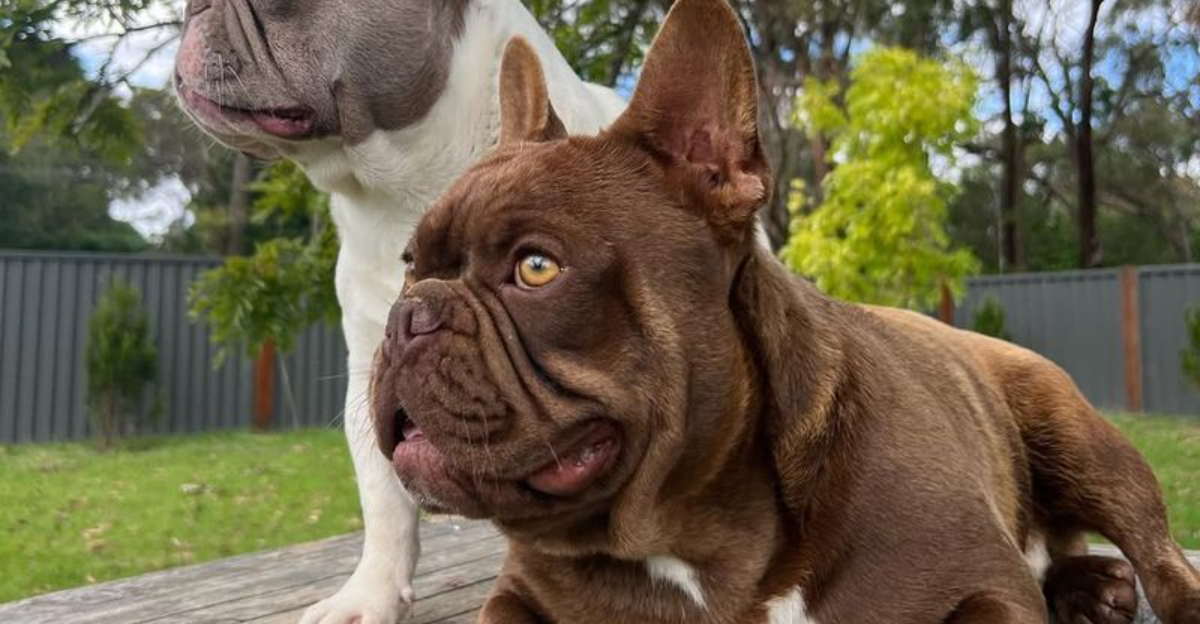
Chocolate French Bulldogs are a rare and stunning variation of the popular French Bulldog breed. Known for their unique coloring and charming demeanor, these dogs capture the hearts of many pet enthusiasts.
1. Exploring The Range Of French Bulldog Coat Colors
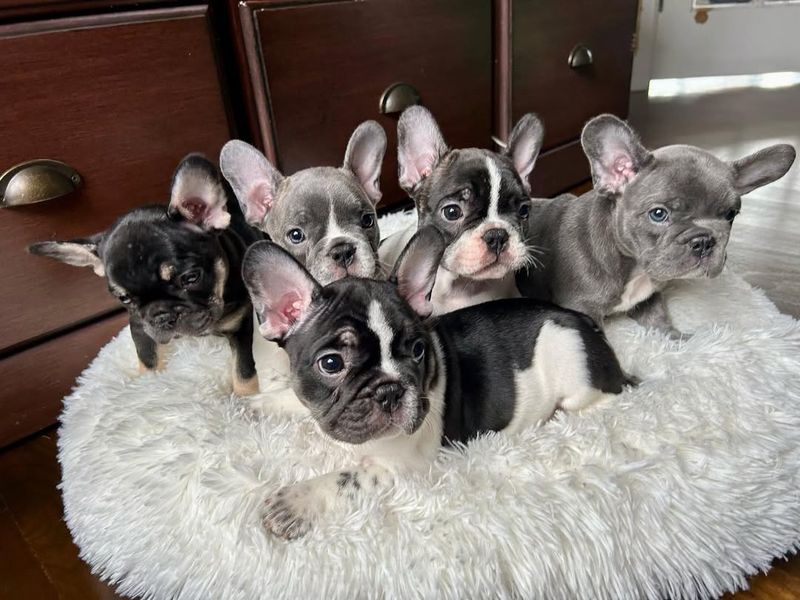
French Bulldogs are beloved not only for their charming personalities but also for their diverse and striking range of coat colors. The breed typically comes in a few standard colors, including fawn, brindle, and pied, each with its own appeal.
Fawn French Bulldogs, with their warm, tan tones, are particularly popular, while brindle Frenchies feature a unique tiger-stripe pattern that can range from dark to light shades.
Aside from these more common colors, rarer hues like blue, lilac, and chocolate have become increasingly sought after, with chocolate French Bulldogs standing out as a particularly beloved and exclusive variation.
2. Fawn French Bulldogs
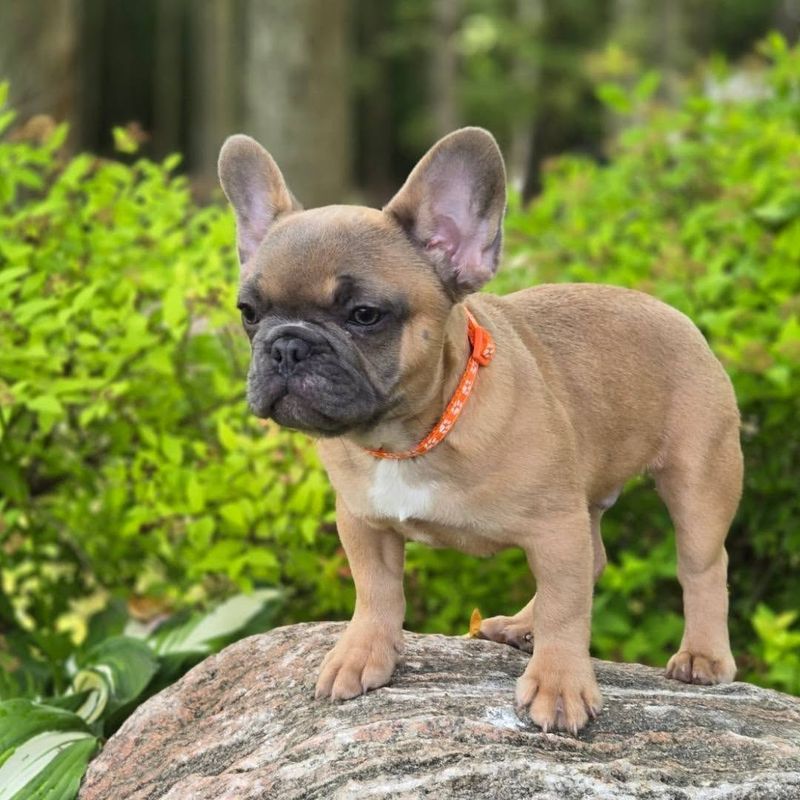
Fawn French Bulldogs are one of the most common color variations. Their light tan coat, often accompanied by a black mask, gives them a distinctive appearance. The fawn color can range from a pale tan to a reddish hue, providing a natural, warm look.
This coat color is complemented by their charming, bat-like ears and compact, muscular build. Fawn French Bulldogs are known for their friendly and playful nature, making them perfect companions for families.
3. Brindle French Bulldogs
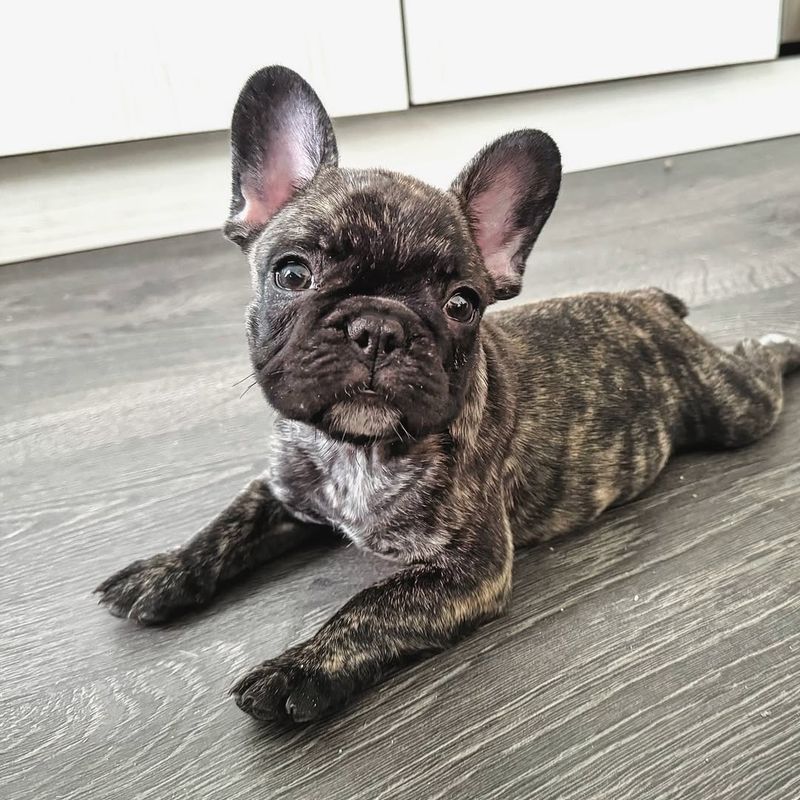
Brindle French Bulldogs have a striking coat pattern resembling tiger stripes. This unique look is created by dark and light hairs intermingled, giving them a marbled appearance. The brindle pattern can vary greatly, from light streaks to more pronounced, darker lines.
These Bulldogs are highly sought after for their eye-catching looks and loving disposition. Brindle French Bulldogs are known for their adaptability, easily blending into various living situations.
4. Pied French Bulldogs
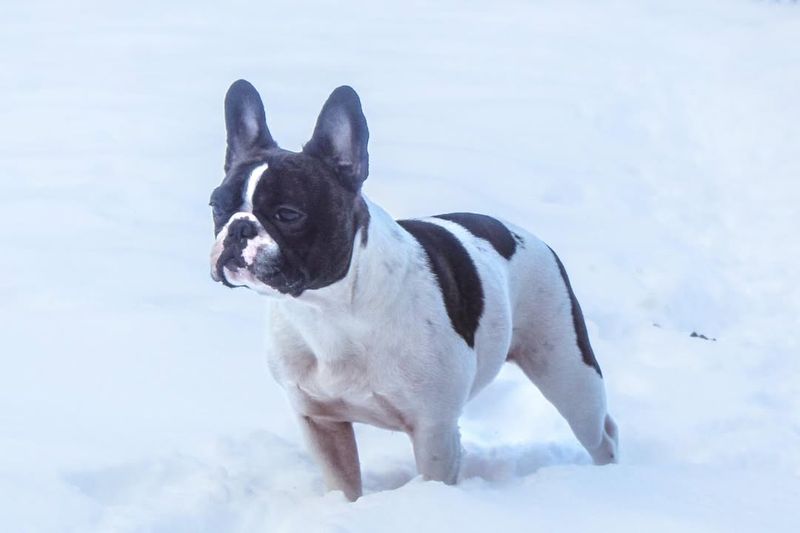
Pied French Bulldogs are characterized by their predominantly white coats with distinctive patches of color. These patches can be black, brindle, or fawn, creating a dramatic and appealing contrast. The pied pattern is unique to each dog, ensuring no two are exactly alike.
Known for their friendly and social nature, Pied French Bulldogs quickly become a favorite in any setting. They are affectionate, often forming strong bonds with their human companions.
5. Blue French Bulldogs
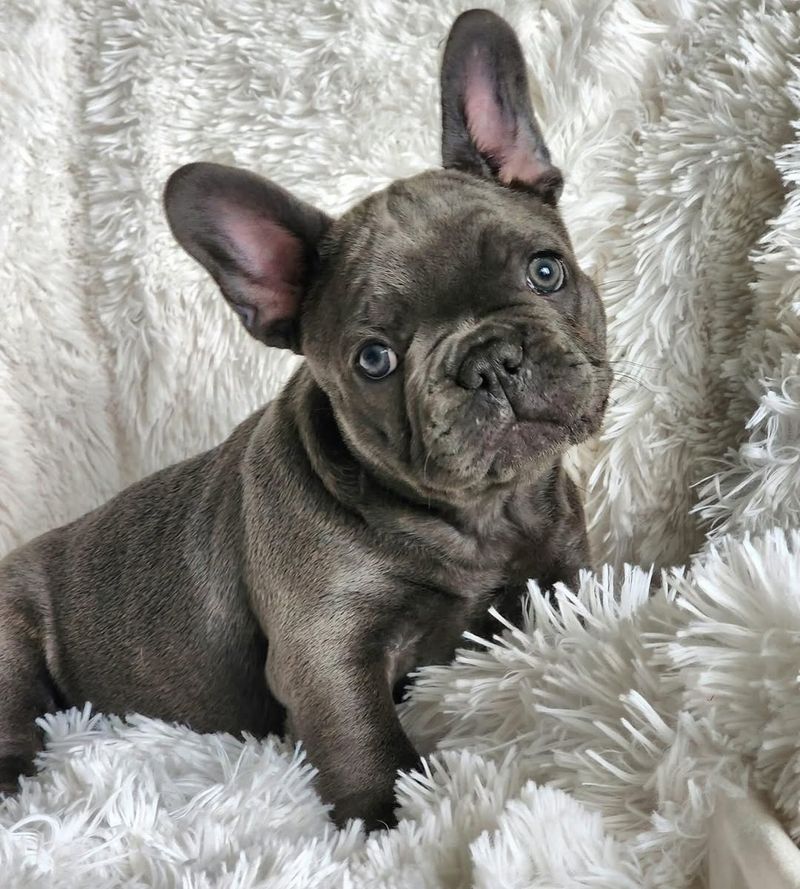
These Bulldogs boast a sleek, silver-blue coat that captures attention wherever they go. This rare color results from a dilution gene that lightens the black pigment in their fur.
Blue French Bulldogs are often described as elegant and sophisticated, with their unique coloring and charming personalities. They are known for their gentle and affectionate nature, making them ideal companions for individuals and families alike.
6. Black French Bulldogs
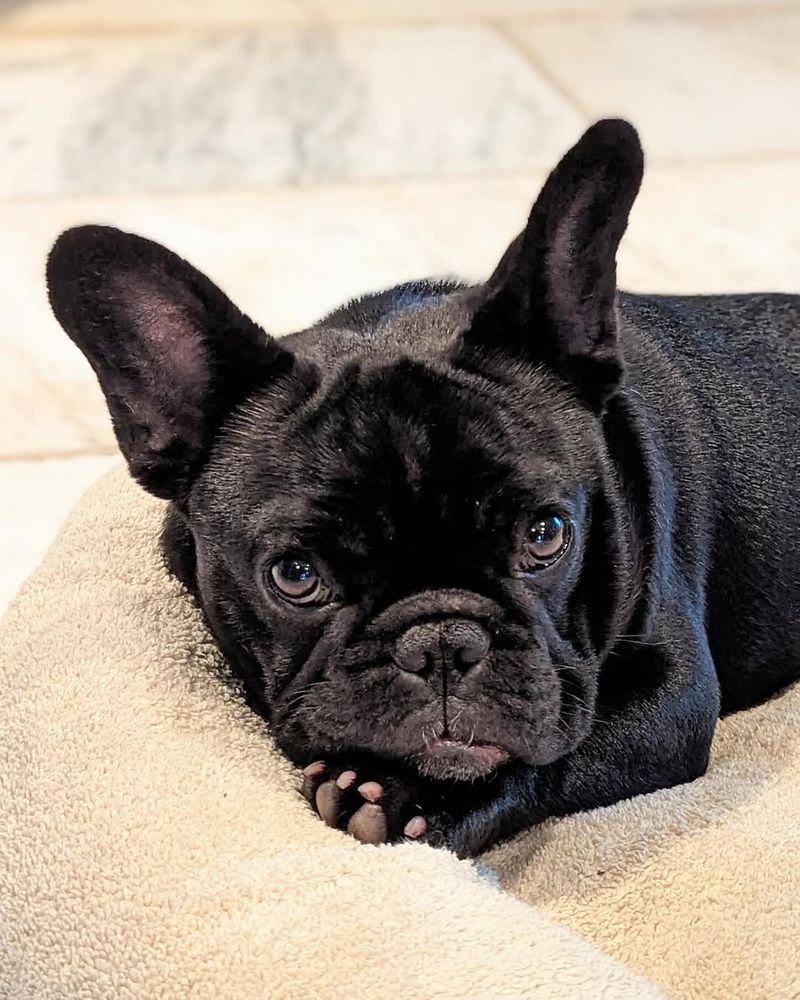
Black French Bulldogs are known for their glossy, midnight-black coats that exude elegance and mystery. This color variation is less common, adding to its appeal among French Bulldog enthusiasts.
Their striking appearance is complemented by their charming and affectionate personalities. Black French Bulldogs are often described as loyal and protective, forming deep bonds with their families. They enjoy socializing and are known for their playful, often goofy antics.
7. Lilac French Bulldogs
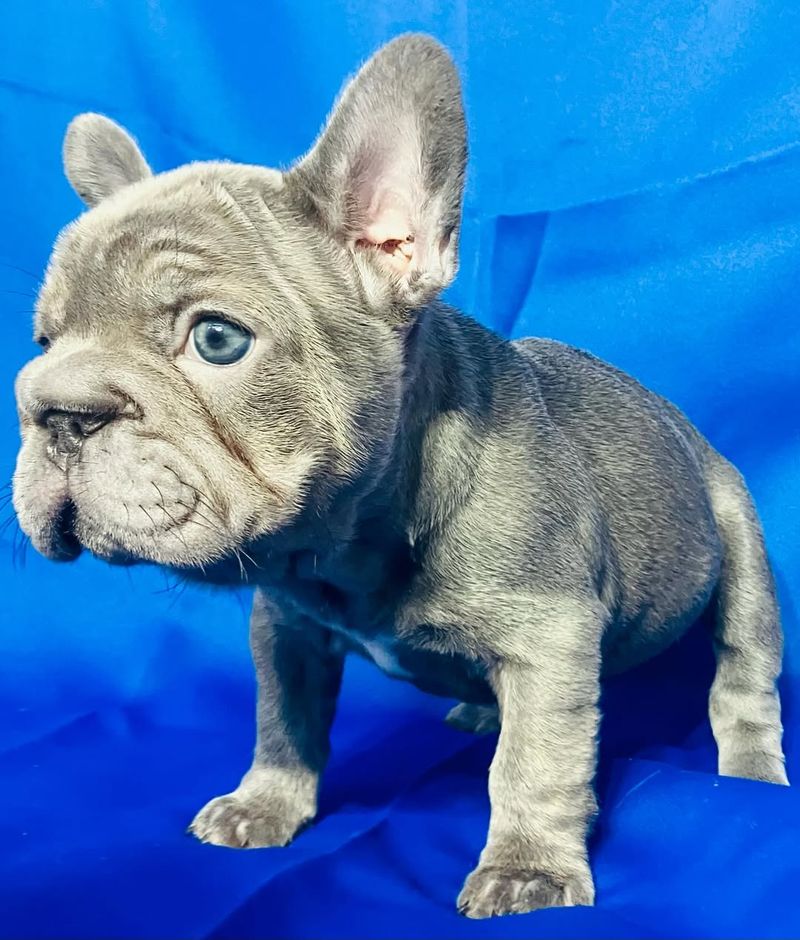
Lilac French Bulldogs feature a rare and captivating pastel coat color that sets them apart. This unique hue is the result of a combination of blue and chocolate genes, creating a soft, lilac-toned coat. Lilac French Bulldogs are admired for their gentle and affectionate nature.
They are often described as sweet-natured and loving, making them perfect companions for families. This rare color variation requires careful breeding to achieve, adding to their exclusivity and desirability.
8. Merle French Bulldogs
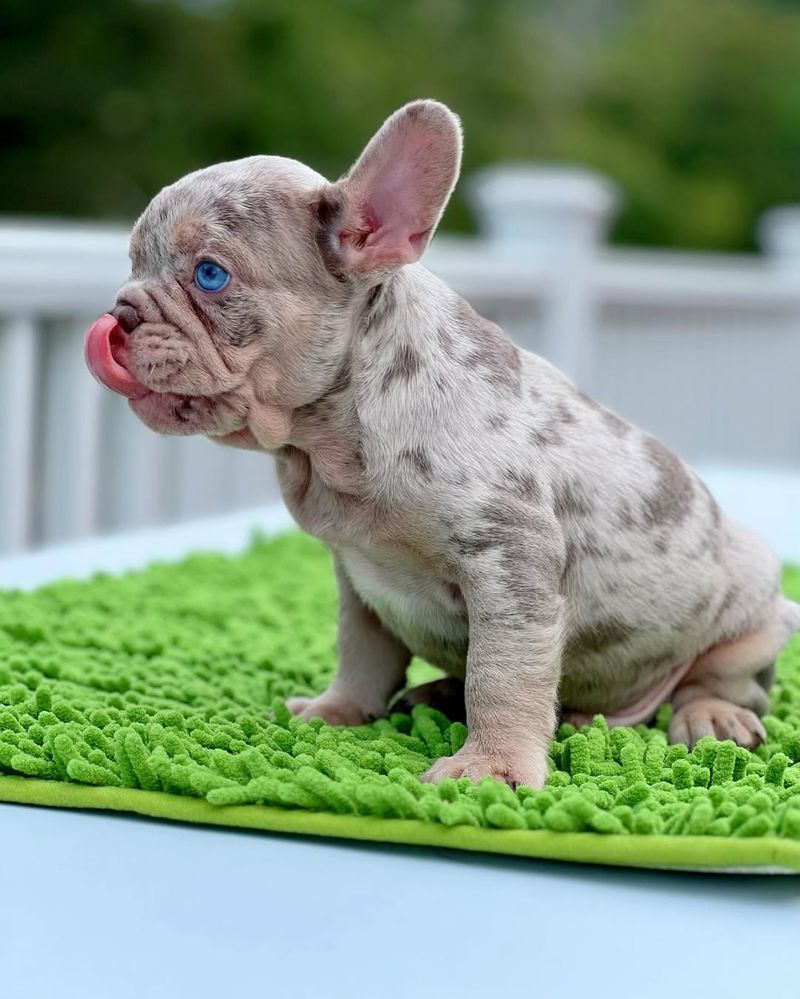
Merle French Bulldogs are distinguished by their unique, marbled coat pattern, which can include a mix of blue, black, and white patches. This striking appearance is due to a genetic trait that creates a mosaic of colors, making each Merle Bulldog truly one-of-a-kind.
They are known for their lively, outgoing personalities and thrive in environments where they can interact and play. However, due to the genetics involved, breeding Merle French Bulldogs requires careful consideration to ensure their health and well-being.
9. Tan French Bulldogs
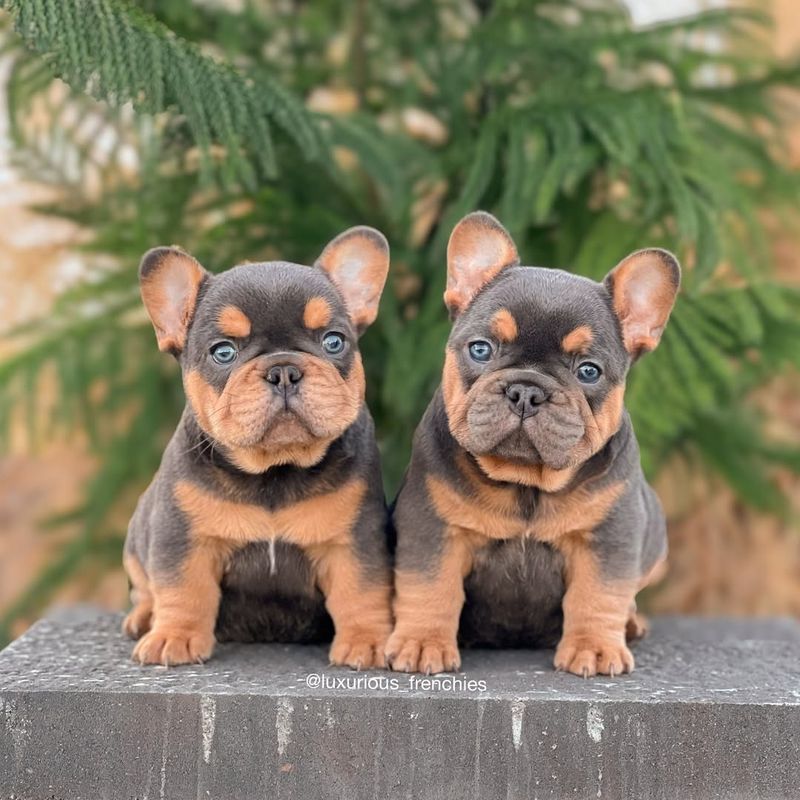
These cutiepies exhibit a warm, sandy-colored coat that is both inviting and charming. This color is often seen as a softer alternative to the more common fawn, providing a unique and appealing look.
Tan French Bulldogs are known for their calm and easygoing nature, making them ideal companions for both individuals and families. They enjoy leisurely walks and cozy afternoons lounging at home.
10. Platinum French Bulldogs
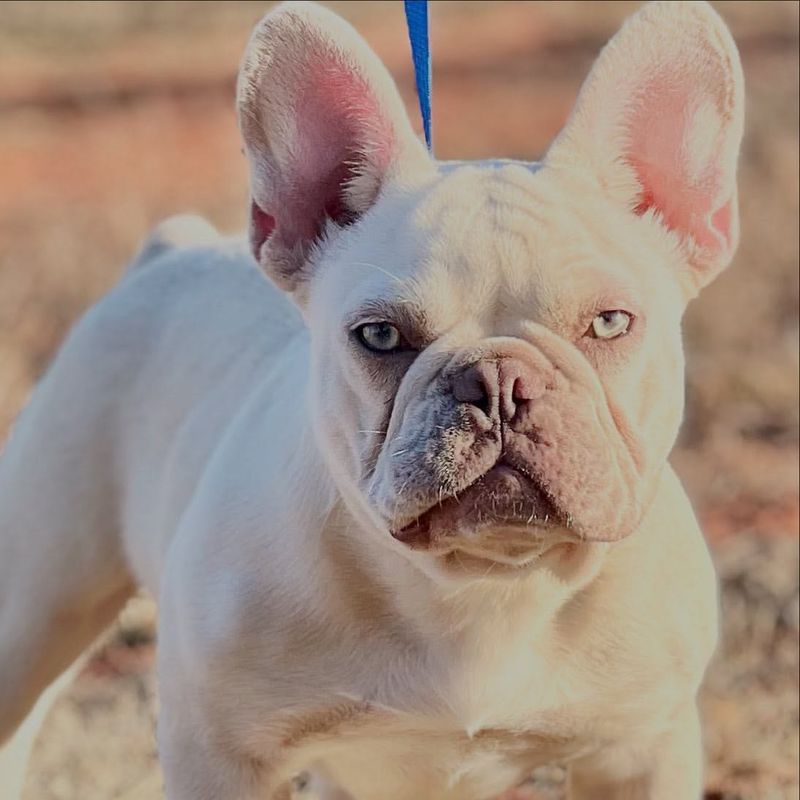
Platinum French Bulldogs are known for their rare, lustrous coats that gleam in the light. This color variation is highly sought after for its striking appearance and rarity. The platinum coat is a pale, silvery hue that exudes elegance and sophistication.
Despite their glamorous look, Platinum French Bulldogs are known for their down-to-earth, friendly nature. They are adaptable and thrive in both city and suburban environments.
11. Cream French Bulldogs
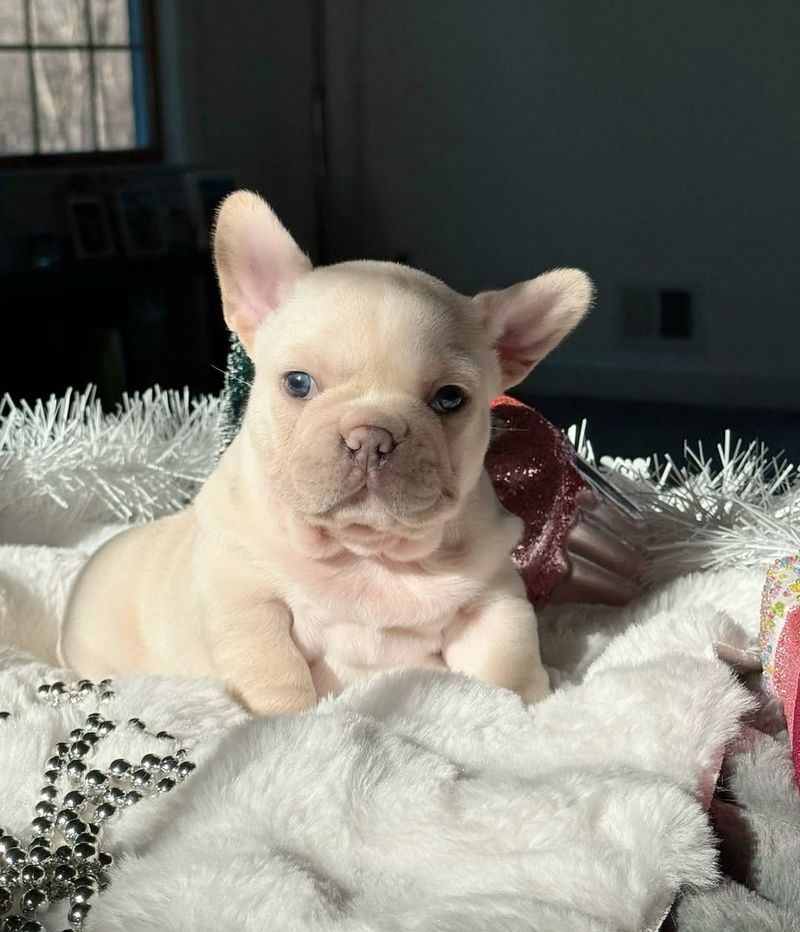
Cream French Bulldogs have a smooth, pale coat that is often described as elegant and refined. This color variation is relatively common and provides a timeless, classic look. Cream Bulldogs are known for their sweet and loving nature, often forming strong bonds with their human companions.
They are playful and enjoy interactive games, making them great family pets. Their gentle temperament and affectionate demeanor make them well-suited for households with children.
12. Chocolate French Bulldogs
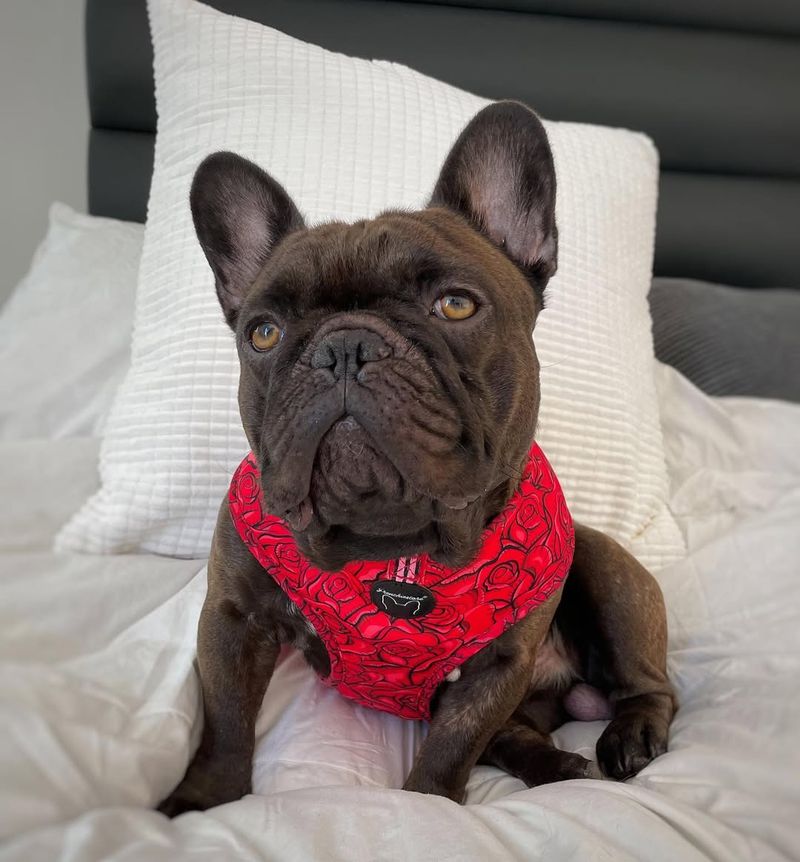
Chocolate French Bulldogs possess a rich, brown coat that is both rare and highly desirable. This unique color is the result of a recessive gene and adds to the allure of these charming dogs.
Known for their warm and inviting appearance, Chocolate French Bulldogs are also incredibly affectionate and loving companions. They thrive on attention and enjoy being part of the family dynamic. Their playful and engaging personalities make them popular among dog lovers.
13. Chocolate And Tan French Bulldogs
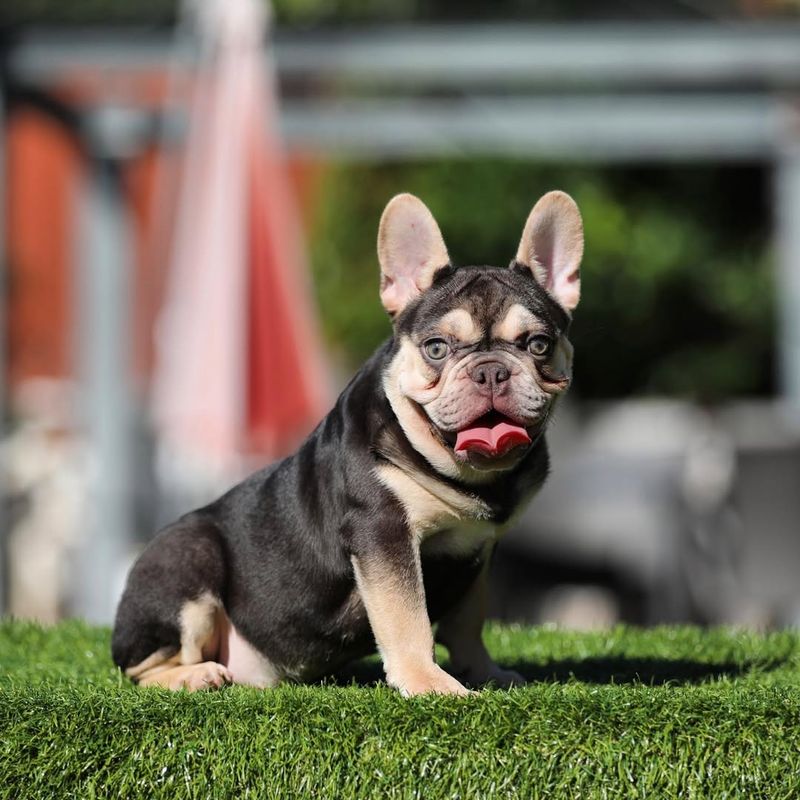
Chocolate and Tan French Bulldogs feature a striking dual-toned coat that combines the richness of chocolate with the warmth of tan. This unique color combination is both eye-catching and stylish, setting these Bulldogs apart.
They are known for their friendly and energetic personalities, often seen frolicking and exploring their surroundings. Chocolate and Tan French Bulldogs form strong bonds with their families, enjoying both playtime and relaxation.
14. Chocolate Merle French Bulldogs
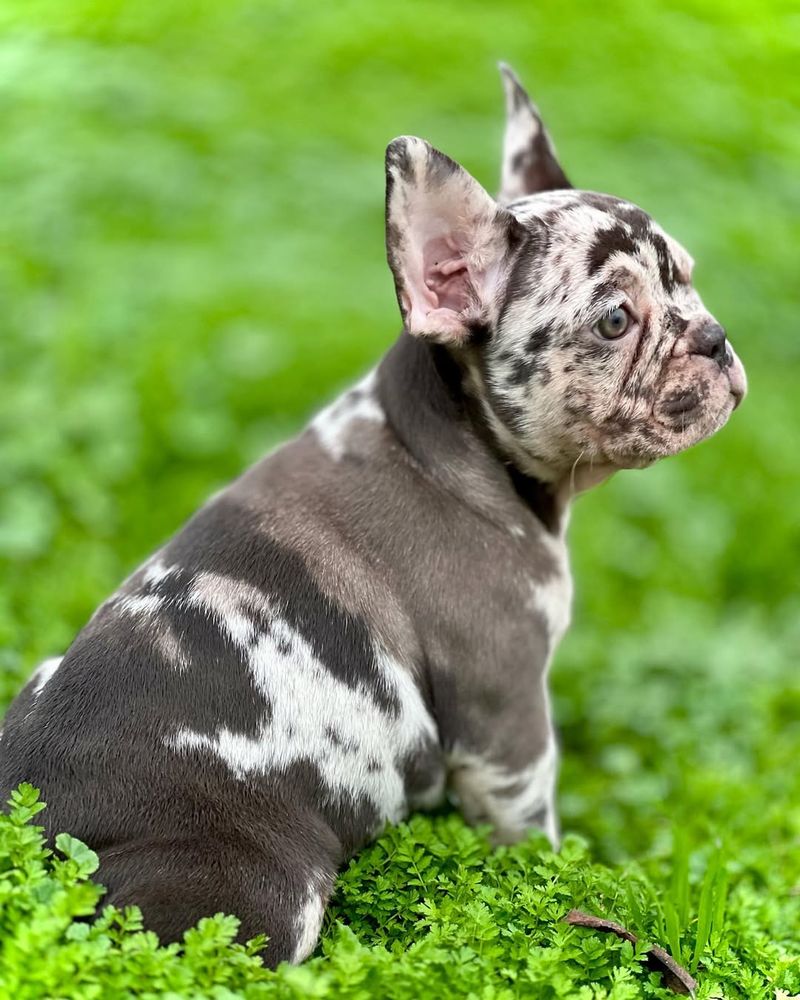
Chocolate Merle French Bulldogs showcase a captivating mosaic-like coat pattern, combining chocolate with the distinctive merle markings. This unique appearance is due to a genetic combination that results in an artistic display of color.
They are known for their lively and outgoing personalities, making them great companions for active families. Chocolate Merle French Bulldogs, like all Merle bulldogs, require careful breeding practices to ensure their health and well-being.
15. Isabella French Bulldogs
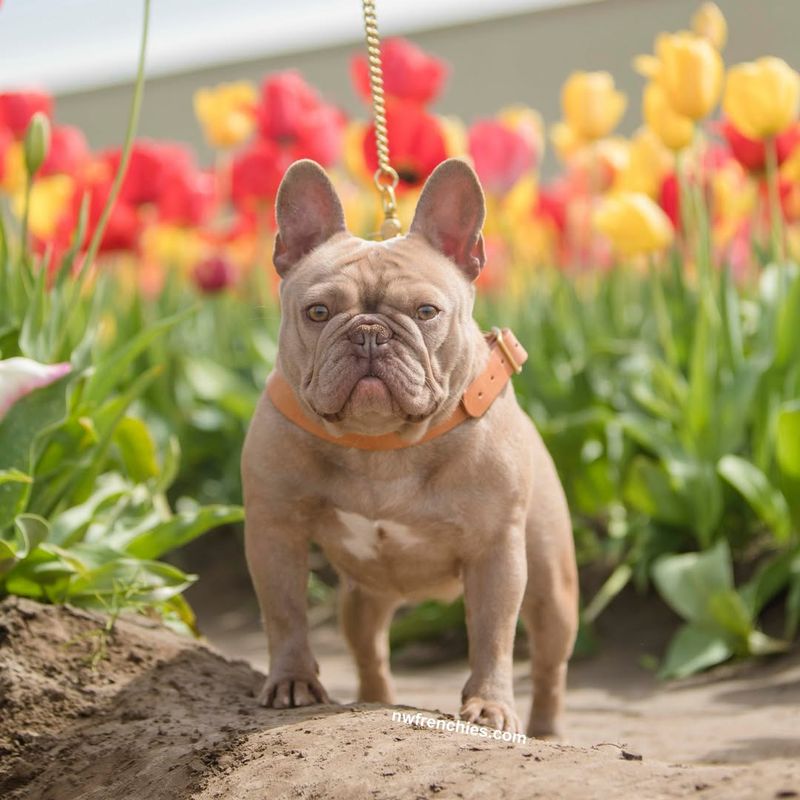
Isabella French Bulldogs are characterized by their dilute liver coat, which gives them a unique, almost silvery appearance. This rare color is the result of a recessive gene and adds to their allure.
Isabella Frenchies are known for their gentle and loving nature, often forming deep connections with their human companions. They enjoy a balanced lifestyle, mixing play with relaxation and affection.
16. Lilac And Tan French Bulldogs
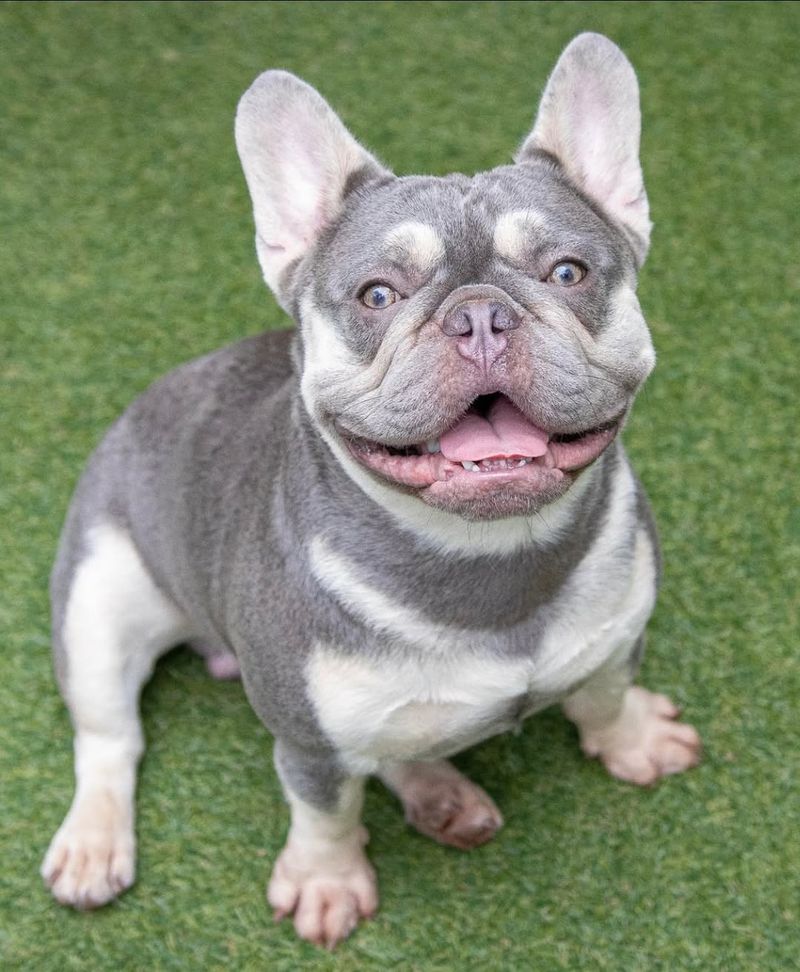
Lilac and Tan French Bulldogs boast a soft, dual-colored coat that combines the elegance of lilac with the warmth of tan. This unique color combination is both rare and stunning, making these Bulldogs highly desirable.
They are known for their affectionate and playful nature, often forming strong bonds with their families. Lilac and Tan French Bulldogs enjoy interactive play and are well-suited for families and individuals alike.
17. Sable French Bulldogs
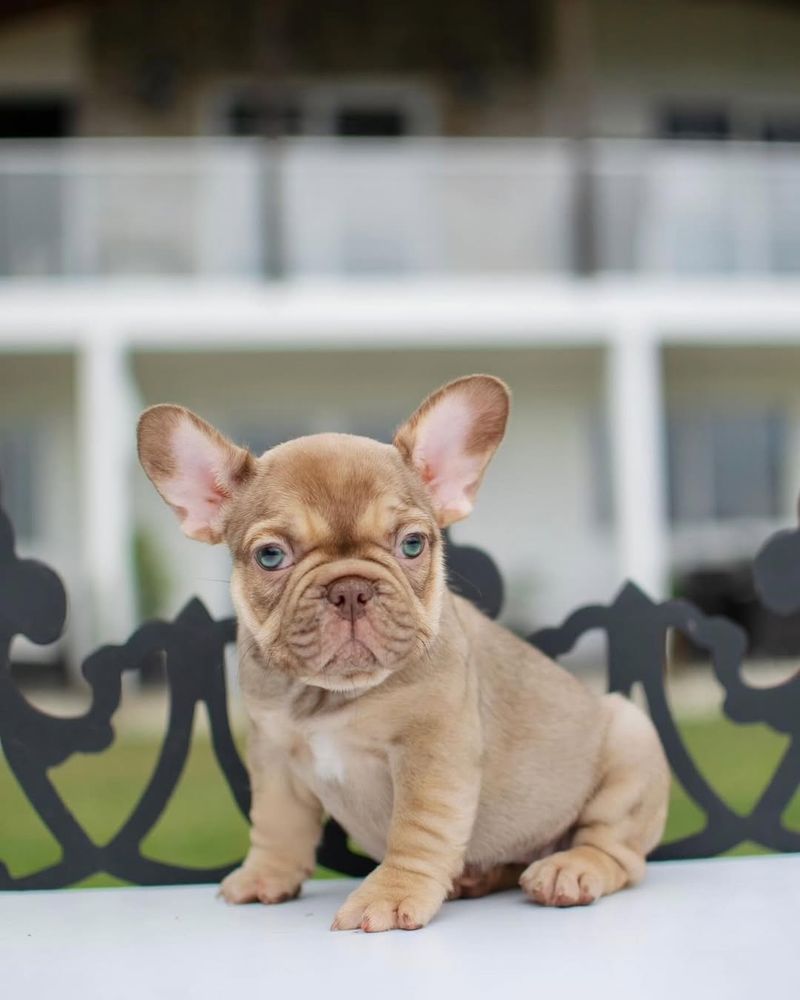
Sable French Bulldogs display a beautiful gradient coat, with a mix of light and dark hairs creating a shaded effect. This color variation is both unique and appealing, often seen in various shades of fawn and black.
Sable Bulldogs are known for their friendly and social nature, enjoying playtime and companionship. They adapt well to different living environments, making them suitable for a variety of households.
18. Why Chocolate French Bulldogs Are So Popular
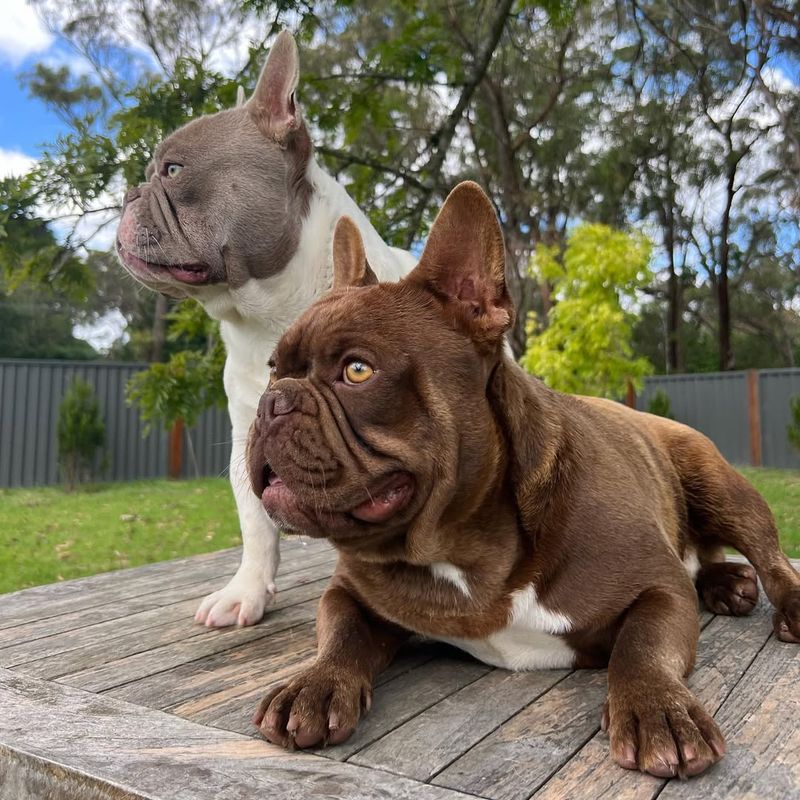
Chocolate French Bulldogs have gained significant popularity due to their unique and eye-catching appearance, as well as their charming, affectionate personalities.
Their rare, rich chocolate coat, which can range from light to dark brown, sets them apart from the more common fawn or brindle French Bulldogs, making them an alluring choice for dog lovers.
Additionally, their compact size, coupled with their playful yet calm temperament, makes them ideal companions for both city dwellers and families.

